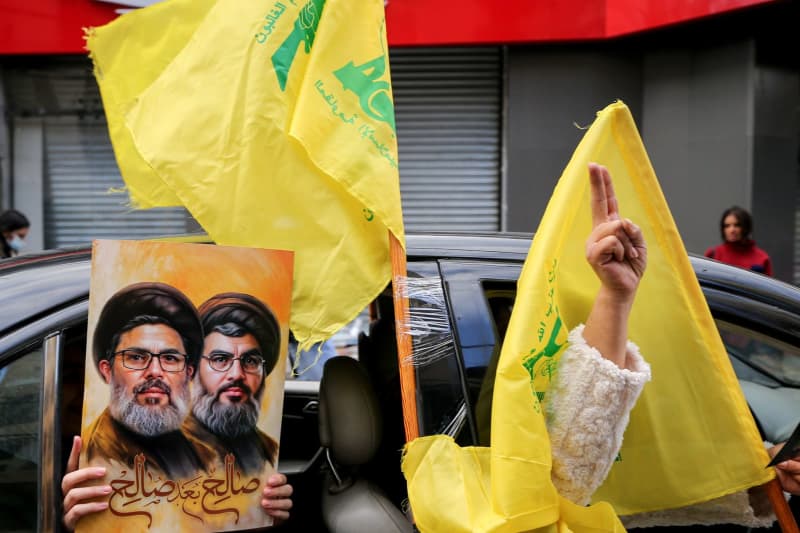On September 27, the Lebanese Shiite militia Hezbollah will hold a commemorative event for its slain leader, Hassan Nasrallah, who was killed in an Israeli airstrike targeting the militia’s headquarters. This significant occasion is scheduled for Saturday, located in the southern suburbs of Beirut, an area known as a stronghold for Hezbollah, which is backed by Iran. The ceremony, titled “Light from Light,” is expected to commence at 5:45 pm local time (1545 GMT) and is anticipated to attract a large gathering of Hezbollah supporters. This event takes place in the Haret Hreik district, a former site of the organization’s headquarters, which has since become a dedicated shrine commemorating martyrdom, a pivotal aspect of Shiite Islamic belief.
In the lead-up to this event, tensions between Hezbollah and Israel have escalated significantly. Israeli forces have conducted a series of airstrikes aimed at the militia’s stronghold in southern Beirut, in response to heightened conflicts and provocations. These airstrikes, however, follow a fragile ceasefire agreement reached just days prior, illustrating the volatile nature of the relationship between the two factions and the ongoing security concerns in the region. The ceasefire reflects a temporary halt to hostilities, but the underlying tensions have not dissipated and remain a cause for concern for both parties involved.
The theme of martyrdom is richly woven into the cultural and theological fabric of Shiite Islam, making it a powerful and resonant concept for Hezbollah supporters and the wider community. The upcoming ceremony is expected to honor Nasrallah’s legacy and acknowledge the sacrifices made by Hezbollah members in the face of ongoing conflict. By paying tribute to their fallen leader, Hezbollah aims to reinforce its position and galvanize its supporters, especially in a time marked by uncertainty and violence. The memorialization of Nasrallah could serve to reinforce group identity among Hezbollah members, reminding them of their shared purpose.
The location of the commemoration also serves as a symbol of resilience and continuity for Hezbollah. The Haret Hreik district, where Nasrallah’s headquarters was located, holds deep historical and emotional significance for the organization and its followers. As a site of previous struggles and triumphs, it has evolved into a revered space dedicated to commemorating the lives lost in the fight against perceived adversaries. The transformation of this area into a shrine encapsulates the broader narrative of resistance that Hezbollah promotes, portraying itself as a defender of Lebanese sovereignty.
The complexities surrounding the commemorative event highlight the persistent cycle of violence and retaliation between Hezbollah and Israel. Israeli military actions in Lebanon are often justified as necessary measures for national security, while Hezbollah frames its own operations as defensive efforts against aggression. The ongoing nature of these conflicts raises questions about the potential for lasting peace in the region and challenges the possibility of reconciliation between these long-standing enemies. As both sides maneuver through ceasefires and skirmishes, the specter of further violence looms.
Overall, the commemoration of Hassan Nasrallah is not simply an act of remembrance; it is a strategic move by Hezbollah to solidify its narrative and rally support amidst ongoing tensions with Israel. The event reflects deeply ingrained cultural values within Shiite Islam and serves as a reminder of the sacrifices made by individuals within the organization. While a ceasefire may currently be in place, the history of clashes and the ever-present threats indicate that stability remains an elusive goal in the region. The dynamics of power, identity, and resistance will continue to shape the actions and ideologies of both Hezbollah and Israel in the foreseeable future.

